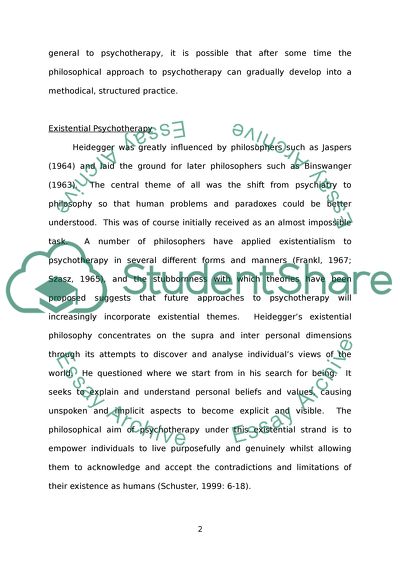Cite this document
(“What is the nature of human existence from a Heideggerian perspective, Essay”, n.d.)
Retrieved from https://studentshare.org/miscellaneous/1588416-what-is-the-nature-of-human-existence-from-a-heideggerian-perspective-and-what-relevance-may-this-have-to-psychotherapy
Retrieved from https://studentshare.org/miscellaneous/1588416-what-is-the-nature-of-human-existence-from-a-heideggerian-perspective-and-what-relevance-may-this-have-to-psychotherapy
(What Is the Nature of Human Existence from a Heideggerian Perspective, Essay)
https://studentshare.org/miscellaneous/1588416-what-is-the-nature-of-human-existence-from-a-heideggerian-perspective-and-what-relevance-may-this-have-to-psychotherapy.
https://studentshare.org/miscellaneous/1588416-what-is-the-nature-of-human-existence-from-a-heideggerian-perspective-and-what-relevance-may-this-have-to-psychotherapy.
“What Is the Nature of Human Existence from a Heideggerian Perspective, Essay”, n.d. https://studentshare.org/miscellaneous/1588416-what-is-the-nature-of-human-existence-from-a-heideggerian-perspective-and-what-relevance-may-this-have-to-psychotherapy.


